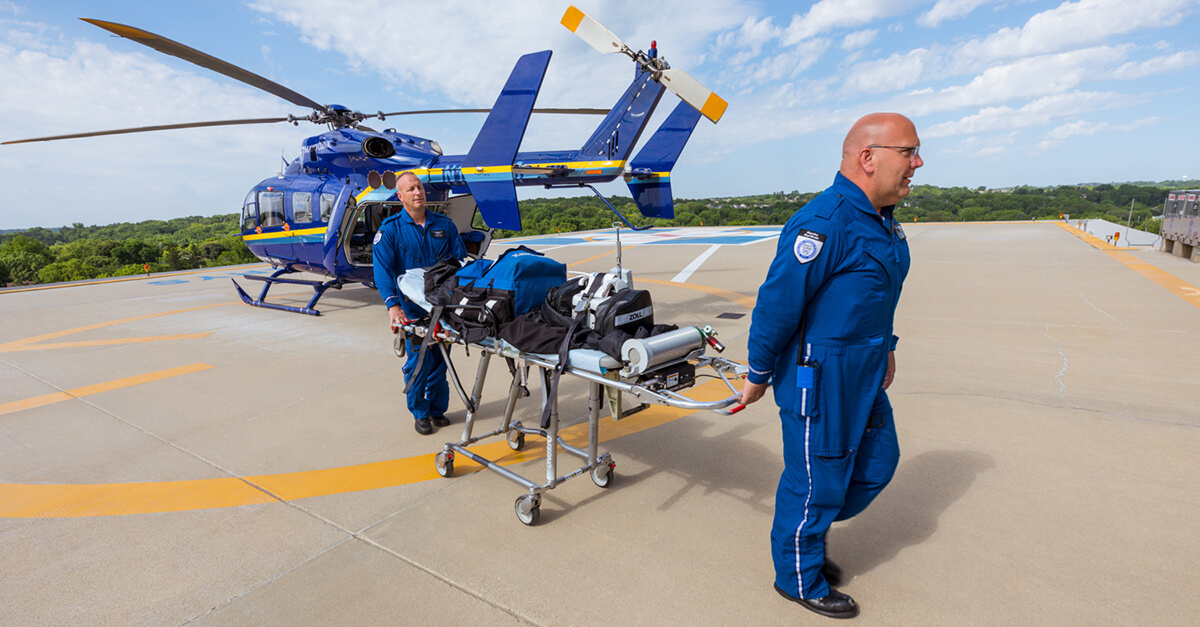
May 8, 2020
Helicopter emergency medical service and air ambulance operators face new challenges while flying during the COVID-19 crisis. Although cleaning and disinfection is second nature to these operators, the extremely infectious nature of the COVID-19 coronavirus presents new hazards for crews, and air medical operators now have a heightened focus on keeping pilots safe.
Experts on a recent Association for Air Medical Services webinar highlighted the key challenges to air medical transportation providers, including ensuring adequate personal protective equipment (PPE) is available to pilots, providing training on the donning and doffing of PPE, and carefully tracing potential exposure points for pilots.
Cleaning and disinfecting cockpit equipment, including night vision goggles, is another important aspect to pilot safety, as is proper PPE fitting. Further, patient screening, beginning at the time the call for transport is received, is critical.
Casey LeBrun, aviation site manager at Acadian Air Med for Metro Aviation, Inc., said his organization has established different PPE use policies, depending on the type of patient being transported. A known or suspected case of COVID-19 requires pilots to use higher-grade PPE.
Ben Clayton, chief safety officer of Life Flight Network, recounted a story in which a trauma patient was diagnosed with COVID after being transported. The pilots had to isolate for 14 days. Clayton shared the story to emphasize that pilots won’t always know if a patient has tested positive for COVID-19 and might find out after the trip. This makes accurate contact-tracing procedures critical.
The stringent COVID-19-related safety measures come at additional cost, but due to the highly infectious and sometimes deadly nature of COVID-19, air medical operators believe protecting pilots from the risk of exposure is worth the price.


 International Business Aviation Council Ltd.
International Business Aviation Council Ltd.